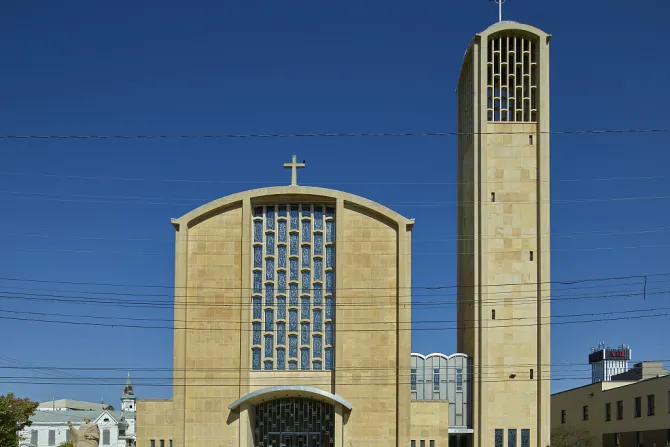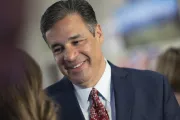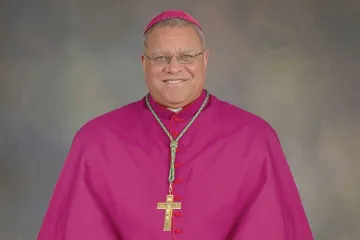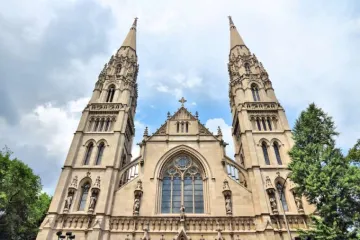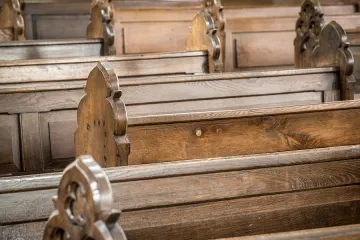Declining population trends are not unique to the Youngstown diocese but are "especially apparent" throughout the Midwest and Northeast.
"The difficult economic climate continues to cause people to move out of the area," said Murry. "We are also experiencing more deaths than births within the region."
Regular Mass attendance in the diocese numbered close to 107,000 in the year 2000, falling below 81,000 through 2010 and under 41,000 by 2018, a decline of more than 50 percent in 18 years. Infant baptisms and first Holy Communions numbered more than 3,000 in 2000, with more than 1,000 weddings. By 2018, there were only 1,000 infant baptisms and about 500 weddings.
School and parish religious education numbers have also fallen significantly.
Pete Schafer compiled the figures used by the diocese.
"I was surprised when you see the decline over 20 years," Schafer told the CBS television affiliate WKBN. He was particularly concerned by the decline in baptisms.
"That's the entrance into the Church, into our faith," he said. "The number of parents that are bringing their children to be baptized, the number's so far down that it is pretty alarming."
The diocese's material on the pastoral plan encouraged prayers for priests and vocations, as well as lay support for their local Catholic communities.
The pastoral planning process began in 2009 to respond to needs to change administration and priestly ministry in parishes. The latest plan was developed by a committee of the Priests' Council, then reviewed by the whole Priests' Council and the Diocesan Pastoral Council.
Bishop Murry acknowledged that time is required to consult clergy and laity and to make specific recommendations. At the same time, he said the situation is urgent given that six priests will retire this summer and at least 10 more are serving beyond the retirement age of 70.
He said regular updates on the process will be available through the diocese's newspaper the Exponent, the diocese's website, and parish bulletins.
(Story continues below)
Subscribe to our daily newsletter
The diocese hopes to have further plans from pastors by Easter.


